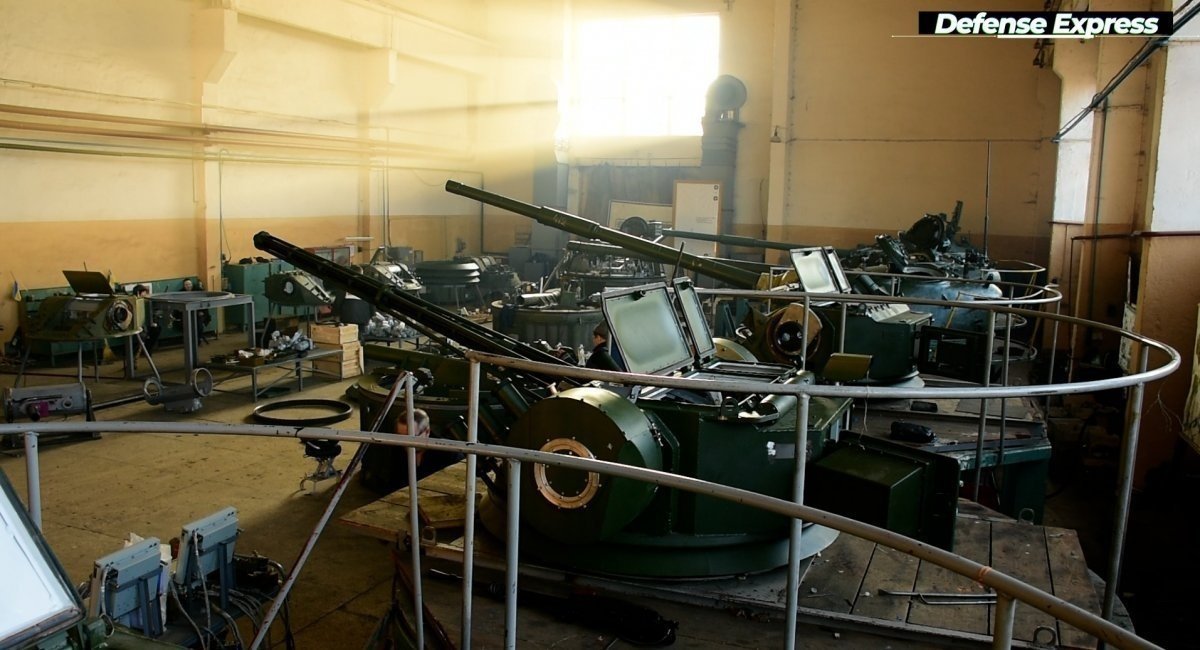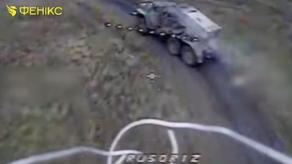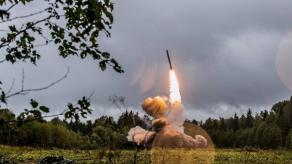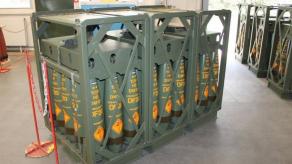Direct Western investment of €20 billion per year in Ukraine’s defense industry could represent the most effective form of support. This is especially true in a situation where existing weapons stockpiles are nearly exhausted, while new production capabilities are still under development and require both time and funding.
However, turning this idea into a reality involves overcoming a range of political, psychological, and bureaucratic challenges. These must be addressed if Ukraine is to survive russia’s ongoing full-scale invasion and navigate an increasingly unstable global security environment.
Read more: Novator in Three Configurations: Ukrainian Armor Turns Military Vehicle into a Versatile Multi-Role Platform
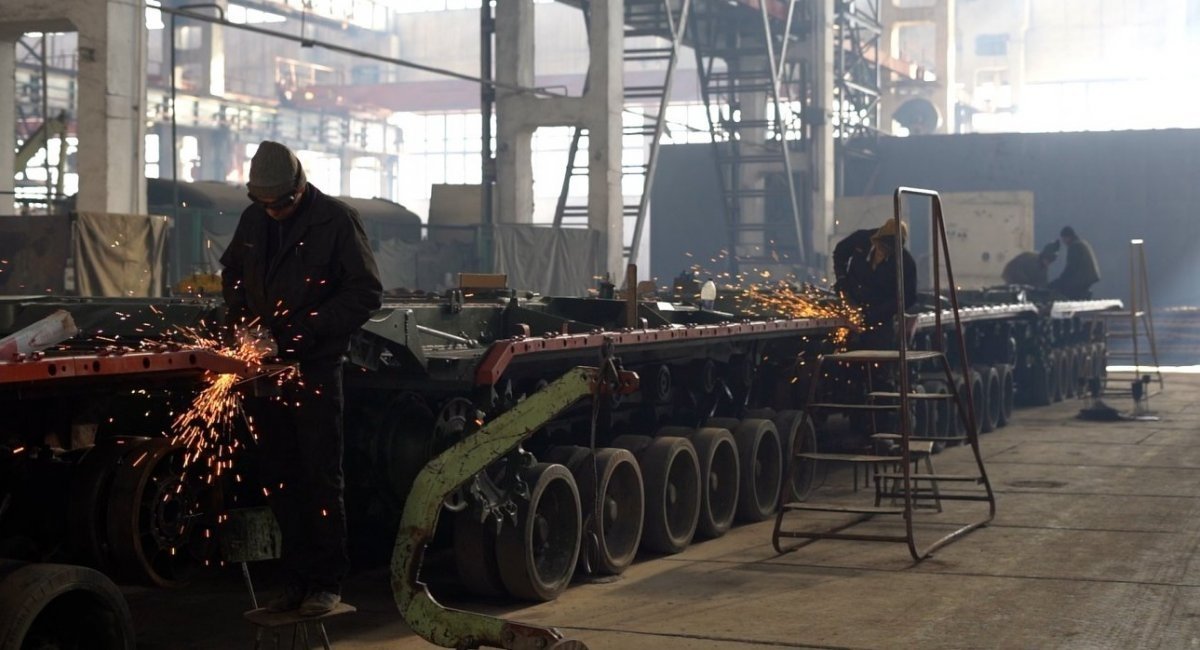
The figure of €20 billion was mentioned by Vladyslav Belbas, CEO of Ukrainian Armor, in an interview with Apostrof TV. He explained that this sum represents the gap between the production capacity of Ukraine’s defense industry and the financial capabilities of the state. According to Belbas, issues related to staffing, logistics, and security can be managed without external assistance. It is the lack of funding that is holding the sector back.
Belbas emphasized that Ukraine is no longer debating whether to scale production. The only question is how to secure the necessary resources. Meanwhile, some European manufacturers are merely exploring the possibility of increasing output by 20 to 30 percent.
If Ukraine can obtain this external financial support, its industrial base could potentially produce arms not only for the Ukrainian Armed Forces but also for European militaries.
Defense Express highlights several important nuances that must be considered. First, European partners would need to overcome a psychological barrier: the idea of directly funding defense production in a non-EU country engaged in active warfare. This challenge is reflected in cases like the decision by Flensburg University not to train personnel for FFG, a company involved in supplying Leopard 1 tanks to Ukraine.
Second, Ukraine and EU countries must develop a joint defense framework. This would allow Ukrainian defense enterprises to receive foreign funding and, in return, supply equipment to meet both Ukrainian and European defense needs.
Finally, all bureaucratic obstacles within Ukraine must be eliminated. Relevant ministries need to ensure there are no delays in disbursing funds and ramping up weapons production.
Read more: UkrArmoTech to Unveil Secret Tracked Vehicle By End of 2025




